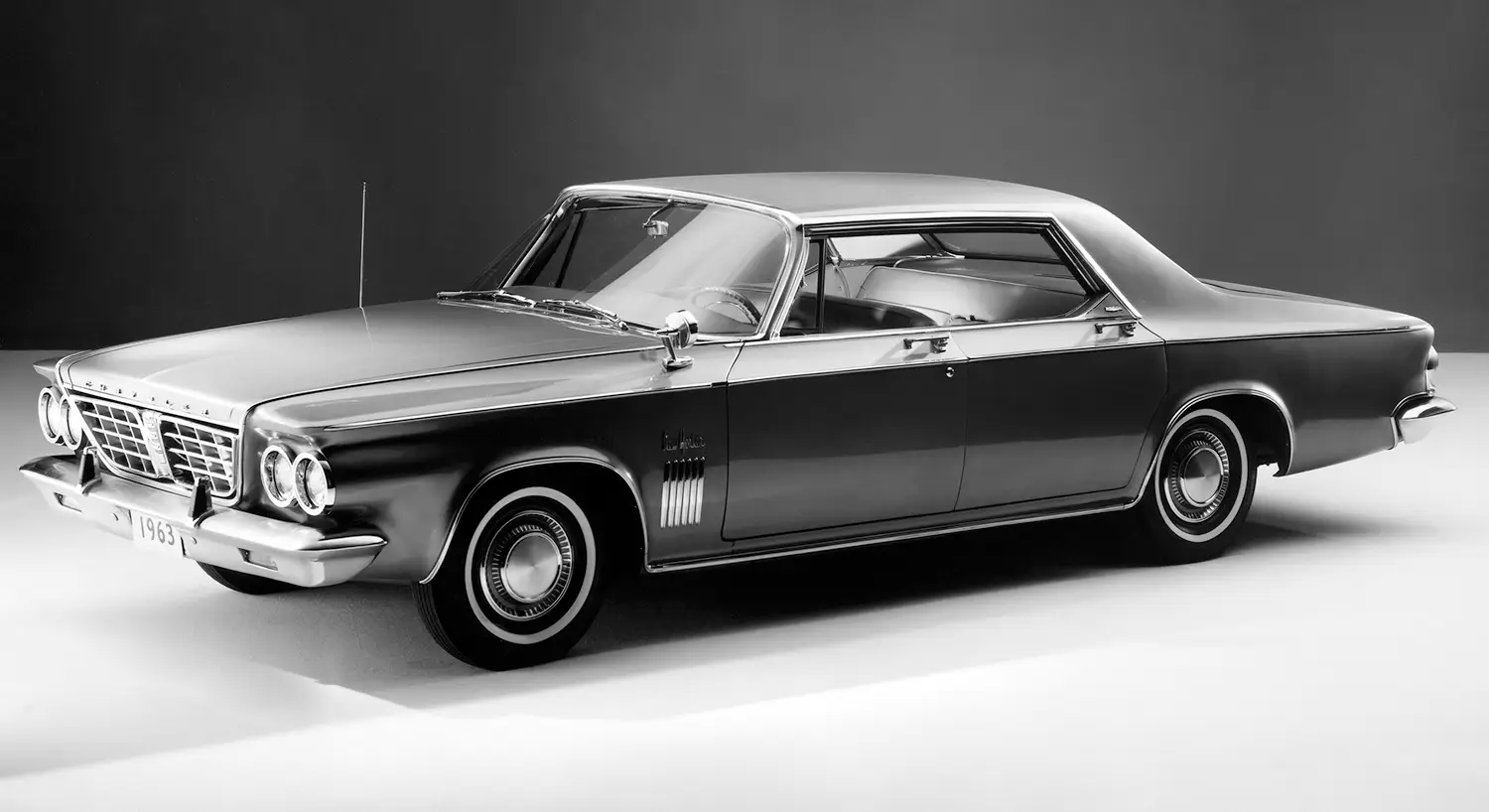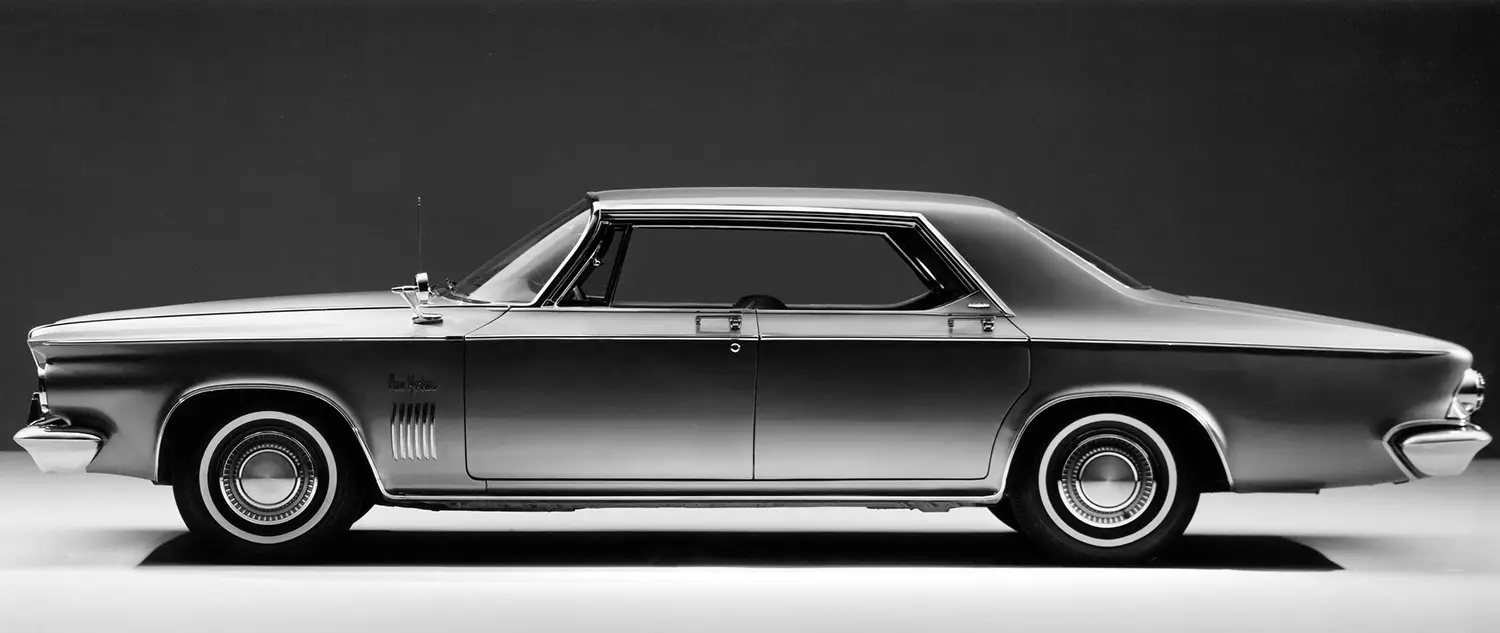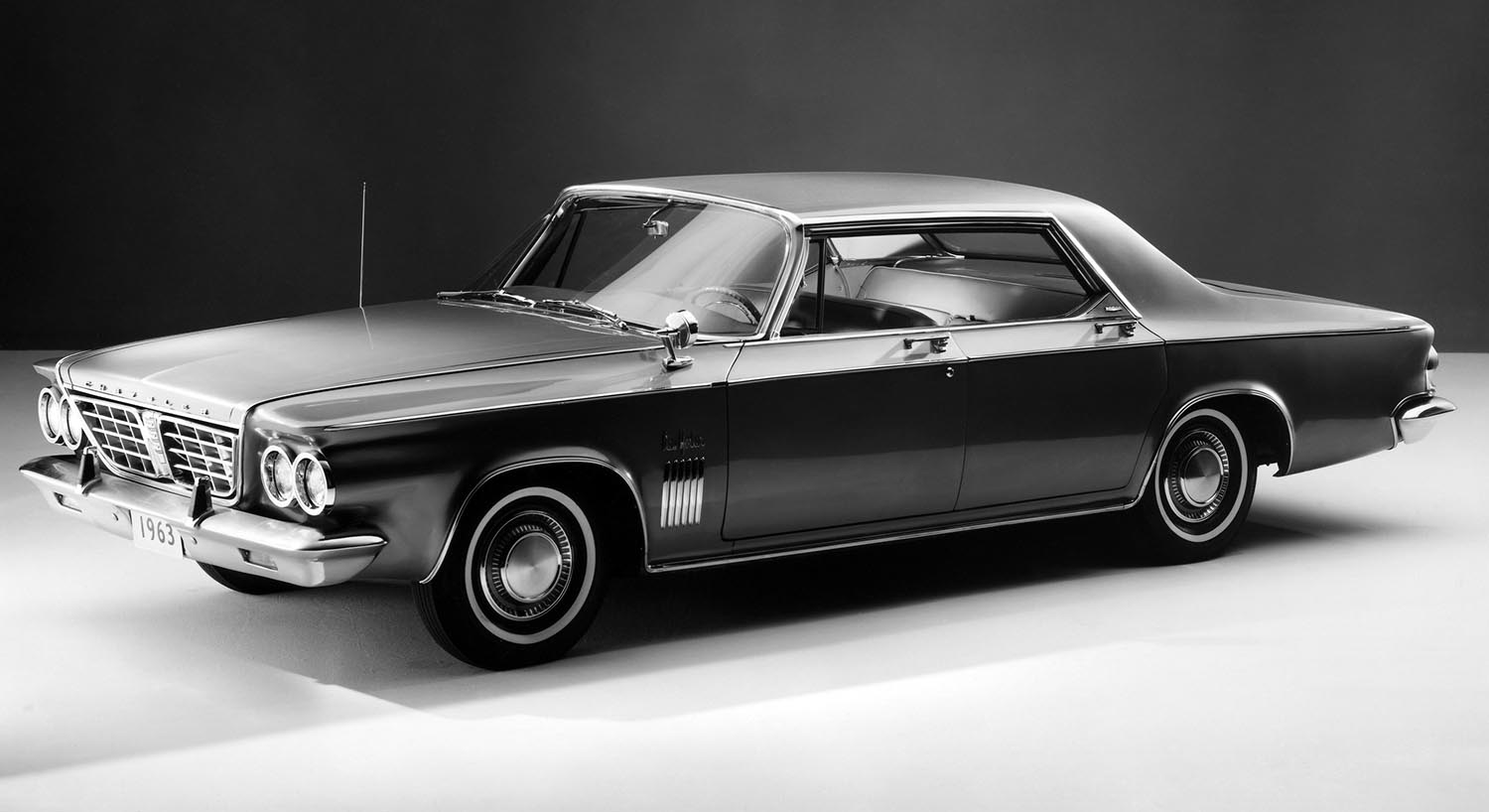
The 1963 Chrysler New Yorker, a true auto icon, often gets overshadowed by its finned predecessors or the completely redesigned models that came later. However, this specific model year represents one of the most intriguing and pivotal moments in the New Yorker’s long history. It was a time of significant transition for Chrysler, one where the flamboyant styling of the 1950s was definitively, and perhaps controversially, replaced by a sleek, rectilinear aesthetic. You see the car today and its presence is undeniable, a slab-sided monument to the emerging ’60s design philosophy.
The Dawn of a New Design Era for Chrysler
The automotive world was changing dramatically by the early 1960s. Virgil Exner’s celebrated “Forward Look” that defined Chrysler’s late-fifties successes had reached a stylistic endpoint. After the heavily criticized, downsized 1962 models, the company was in urgent need of a design rebound. In fact, the 1963 New Yorker was one of the first cars to genuinely reflect the influence of Elwood Engel. Engel, a design chief lured from Ford, favored the clean, architectural lines best exemplified by his work on the Lincoln Continental.
Embracing Modern, Clean Lines
The 1963 car shed its predecessor’s controversial look for a completely new body on the same 122-inch wheelbase. The styling embraced a blocky, square-cut appearance that felt fresh and sophisticated for the time. This shift was monumental, establishing a sense of tailored elegance that had been missing. The slab sides, the crisp fender edges, and the flat roofline gave the car a serious, imposing stature. This design was a clear rejection of previous excess.
A Tasteful Return to Luxury
The New Yorker nameplate had always signified Chrysler’s premium offering, only sitting below the Imperial marque. The 1963 model reaffirmed this luxury standing, offering a more upmarket experience than the 300 or Newport lines. Designers achieved this premium feel not through flash, but through restrained detailing. Quad headlamps sat horizontally, flanking a distinctive split grille that was unique to the New Yorker. Subtle chrome trim and specific taillight treatments further distinguished this flagship model.
Focusing on a Luxurious Interior Experience
The cabin of the 1963 New Yorker was a clear testament to its luxury ambitions. Chrysler equipped these cars with high-quality materials and numerous standard features. Buyers expected comfort, and the New Yorker delivered with generously proportioned seats and a dashboard layout focused on driver usability. It was truly designed to be a comfortable, long-distance cruiser, a proper executive machine. Think of it as Chrysler’s elegant answer to the growing demand for mature, sophisticated luxury.
The Exclusive New Yorker Salon Package
For those seeking the absolute peak of Chrysler luxury, the special Salon four-door hardtop was introduced mid-year. The Salon was basically an all-inclusive luxury package. It offered features often optional on even the Imperial, like air conditioning, power door locks, and a rear window defogger as standard equipment. This exclusive Salon model showed Chrysler was willing to push boundaries. Its introduction marked an effort to recapture a top-tier luxury image.
New Yorker Performance: The Mighty 413-Cubic-Inch V8
Under the hood, the 1963 Chrysler New Yorker was certainly no slouch. Chrysler equipped it with the robust 413 cubic-inch “Wedge” V8 engine as standard. This powerful motor produced 340 horsepower and a colossal 470 lb-ft of torque. It was mated to the legendary three-speed TorqueFlite automatic transmission. The New Yorker’s performance was smooth and effortless, easily moving the large sedan. Its legendary torsion bar front suspension, known as Torsion-Aire, also ensured a stable ride quality and impressive handling for a car of its size.
The 1963 Chrysler New Yorker holds a unique and important place in American automotive history. It represents the point where a classic American brand deliberately pivoted away from a defining, yet ultimately dated, styling trend. The decision to adopt a clean, tailored design signaled a mature new direction for Chrysler. It was a sophisticated car for a sophisticated era, a luxury cruiser whose understated elegance endures even today. It stands as a powerful symbol of an automotive icon adapting to survive and ultimately thrive in a new decade.
Disclaimer: Content on this site is for informational purposes only. Vehicle specs, pricing, and availability may change. Always verify details with official sources before making decisions. Opinions are those of the authors.
Source: Stellantis

